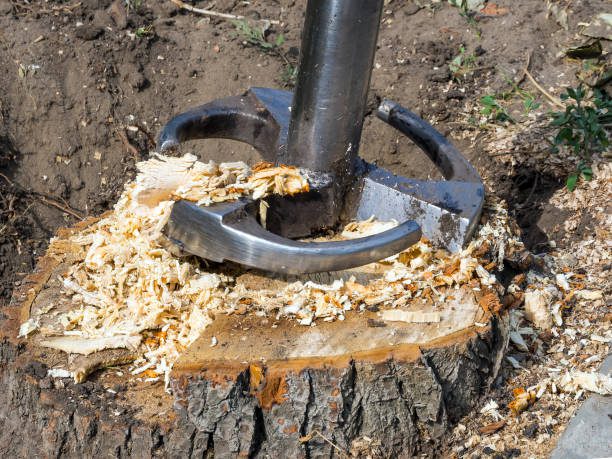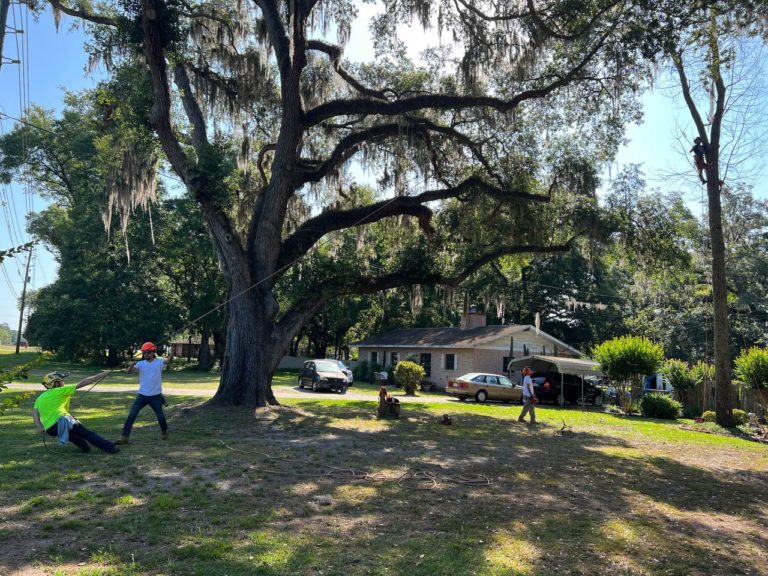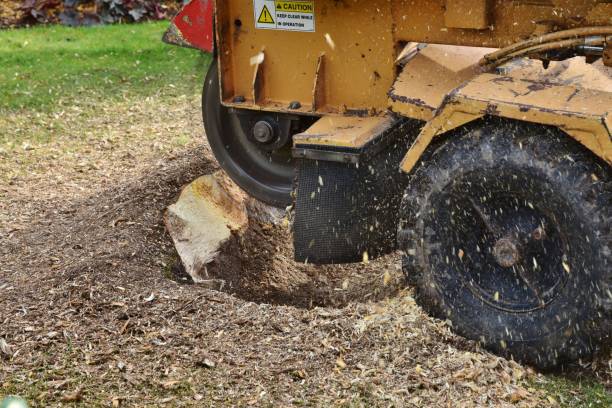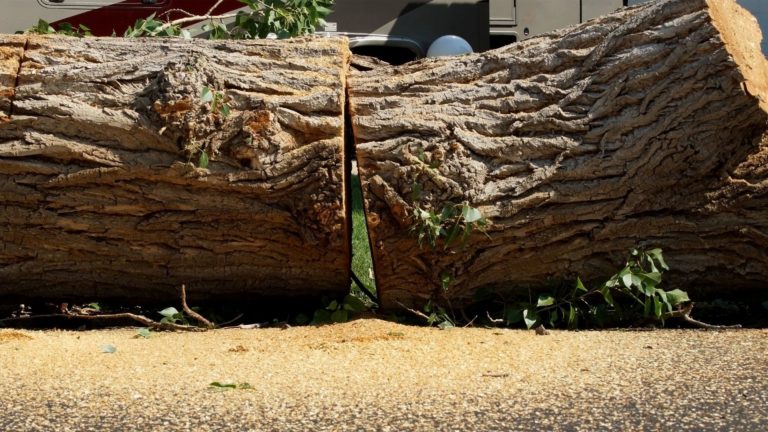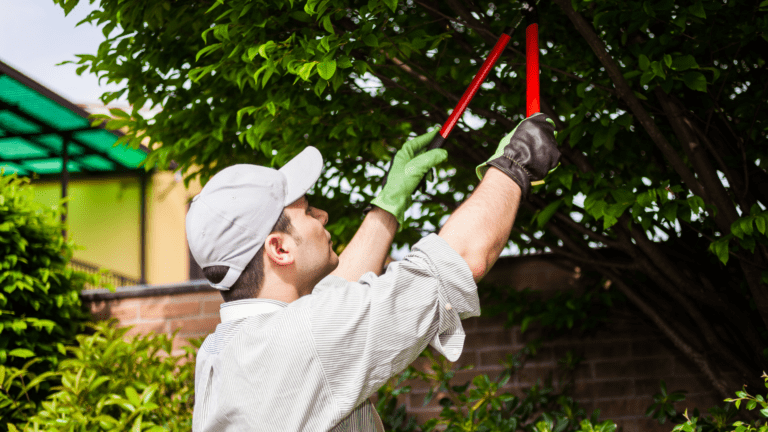Hurricane Tree Preparation
In this blog we will be going over hurricane prevention for trees. This means we will be giving you some tips on what to do with your trees before the hurricane hits. If you have not already, please visit our Hurricane Prevention service page.
During hurricane season, the correct tree in the right spot can act as a buffer, protecting your property from high gusts.
There are actions you can take if your tree is blown over or uprooted during a storm to repair the damage and ensure that your tree lives to see another day.
Preparing for the Coming Storm
When trees are pruned improperly before a storm, they are more likely to break or fall during the storm. The vast volumes of fallen and damaged trees that are commonly visible after a storm are the result of incorrect tree pruning or cutting.
Do the following many months before hurricane season:
- Prune trees in the dormant season or early spring, depending on the tree species.
- Make sure the tree trimmer or lawn care person is a certified arborist. Inquire about their registration or license, as well as their insurance.
- Never “hatrack” or “top” a tree. When a tree is hacked or chopped so poorly that it leaves few or no leaves on the branches, it is referred to as “hatracking.”
- Remove no more than 25% of the canopy of the trees.
- The root system of the tree should not be cut.
- Remove the internal branches first. This will thin the tree’s canopy, making it easier for the wind to blow through.
- Ensure that all tree cuts are properly disposed of, as branches and stumps left out in the open might become projectiles during a storm.
Following the storm
Because a well-kept tree is one of the finest ways to safeguard your property from storm damage, it’s in your best interest to save as many trees as possible. Here are some easy principles for tree removal and salvage after a storm:
- Look for downed power wires in the neighborhood. Call Florida Power & Light at 1-800-4-OUTAGE (1-800-468-8243) as soon as possible, and stay as far away from any downed power lines as possible.
- Cut down any downed trees or branches that are blocking main highways to make room for emergency vehicles, utility trucks, and other heavy equipment.
- Examine your property and cut down any trees or branches that are obstructing your path to your house.
- Cut down any leaning or split trees with a high risk of falling and inflicting more damage to people or property.
- Trees that are restricting access to utility poles or boxes should be removed. Remember that the wires could be live, so don’t try to cut down trees that are leaning on power lines.
Digging out the roots and putting the tree back upright can preserve a partially uprooted tree. A come-along or backhoe may be required to lift large trees back up.
If you don’t have any equipment, water the tree’s roots periodically and cover them with soil, mulch, or even a tarp. Before the tree can be re-planted, it may need to be pruned.
Paint the trunk of the tree with a light-colored latex paint to preserve the bark from sunburning if the tree no longer has a leafy canopy after standing in place (yes, trees can get sunburned too). Support the tree with tie-downs or sturdy supports until the roots can regenerate.
Suggestions for repositioning tiny fallen trees
Young trees that have not yet grown large root systems and were planted within the last few years are the most vulnerable to tumbling over during hurricane-force gusts. However, fallen trees aren’t always a total loss.
In the event that a tree in your yard is blown over by a hurricane:
- When approaching a fallen tree, look for downed wires or limbs in above wires to assess the risk. Stay away from the area and report any dangerous situations.
- Remove only the limbs that are obstructing entrance to your home or vehicle, or that constitute a direct threat to people or property.
- Wet down the exposed root ball and cover it with burlap, old sheets, towels, or several layers of newspaper. Plastic should not be used. To avoid sunscalding, cover the exposed stem and branches. While you attend to more essential post-storm recovery tasks, keep the root ball moist (for up to several weeks).
- Dig out a large area on the root ball side of the tree to re-set it. Pull the tree back upright into the hole, protecting the trunk with a cushion of towels or soft material. Check that it’s straight and level, and that it’s not sitting any higher or lower than its original grade. Fill in with half of the original soil, then thoroughly water to remove any air pockets before finishing. Thoroughly wet the area. If the tree can’t stand on its own, don’t stake it.
- Cover the entire area under the tree with four to six inches of organic mulch, such as chipped wood, and keep it well watered over the following six months, or for the duration of the winter dry season. Treat it as if it were a newly transplanted tree.
- Make a clean cut slightly outside the junction of the trunk and the branch to remove any broken or damaged branches. Some branches can be cut away for structural stability or aesthetic reasons, but the rest should not be trimmed or sheared.

